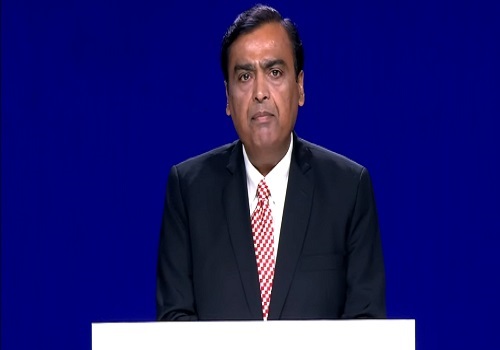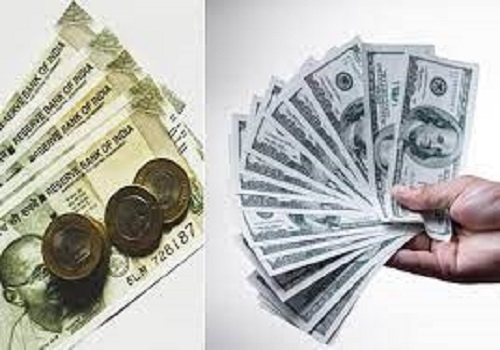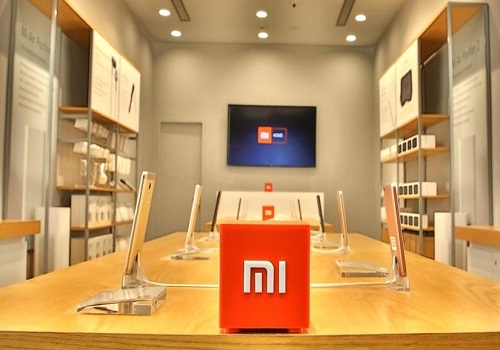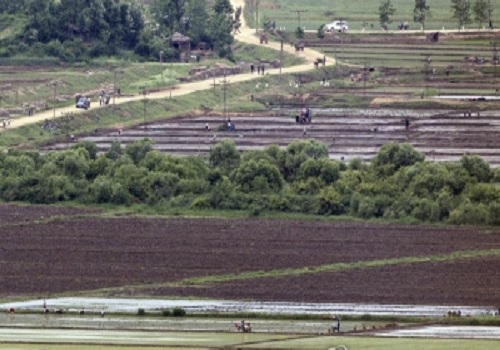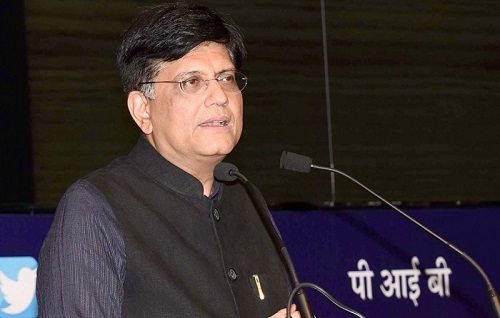2020s: Decade to regain lost economic strength - Motilal Oswal
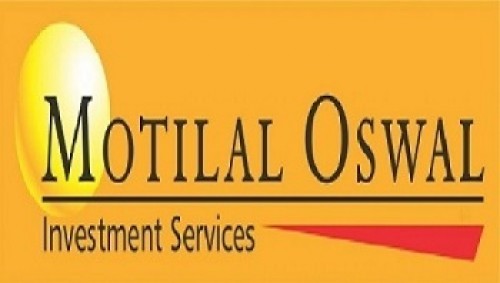
Follow us Now on Telegram ! Get daily 10 - 12 important updates on Business, Finance and Investment. Join our Telegram Channel
2020s: Decade to regain lost economic strength
* The third decade of the 21st Century has begun on an unprecedentedly weak note. Due to the physical lockdown on account of COVID-19, global GDP decline has been the fastest in the peacetime era. This makes the 2020s decade highly unusual, but interesting. How strong or weak India’s economic recovery could be and what could be done to make it stronger is what we have addressed in this note.
* India’s average GDP growth in the first two decades of the 21st Century remained the same; however, the drivers varied drastically. After both decades reported strong growth in the first year, economic growth weakened. It then strengthened considerably in the middle and faltered once again towards the end, creating sleeping S-shaped growth curves. Nonetheless, the growth in the 2000s decade was led by investments, while consumption was the key driver in the 2010s decade.
* Although the third decade begins at the absolute bottom – which could only improve over the course of the decade – the scars of COVID-19 may mean limited economic strength in the recovery phase. Nevertheless, it does provide an unmatched opportunity to address difficult structural economic issues – this would help the nation move from low growth in the first half to high-single-digit growth before the end of the 2020s decade, and on a sustainable basis too.
* Besides these structural issues, there are five more areas wherein improvement is needed to support India’s economic growth. Many of these areas have already shown some promise in 2020; however, sustained improvement in these areas is needed, without which lost economic strength cannot be regained.
IMPROVEMENT IN THESE FIVE AREAS IN THE 2020S DECADE WOULD BE FOLLOWED CLOSELY
* Without a strong Financial sector, no nation can witness high economic growth. Unlike in the first decade, India’s Financial sector diversified and struggled in the 2010s decade. While it has been extremely resilient in 2020, supported by regulatory changes and strong capital injection, credit growth remains tepid. Continued efforts to keep the system clean, further consolidation, and adequate capital bode very well for higher credit growth over a period of time.
* India’s Residential Real Estate (RRE) sector has been at the core of economic slowdown. A large reduction in interest costs and various sops by central/state governments have complemented low-tostable home prices and low-to-stable income growth in prospective buyers to support robust recovery in the RRE sector. Although the resilience of this recovery is in question at this stage, it certainly provides a template of how the RRE sector may be revived.
* From being a member of the Fragile Five over 2012–14, India has come a long way in securing its position as one of the most favored investment destinations. As the country has the world’s 5th largest stock of foreign exchange (FX) reserves, the external sector has turned from an area of concern to comfort. Going forward, although BoP surplus would reduce, FX reserves of USD585b provide enough insurance to follow the long-term roadmap, without worrying too much about external vulnerability.
* “No crisis should be wasted,” and the Government of India (GoI) seems to have taken this very seriously. In the past few months, GoI has announced a number of structural reforms, ranging from labor, agricultural, to educational reforms. The beauty of reforms is that they disturb the existing ecosystem and nudge the present beneficiaries to compete with new players. As a result, they are almost certain to bring efficiency or productivity improvements.
* Lastly, GoI has shown renewed drive toward India’s Manufacturing sector. The Production-Linked Incentive (PLI) Scheme was announced for 13 shortlisted sectors in 10 ministries/departments, with the approved financial outlay totaling INR1.97t over the next five years. While the government’s Make In India initiative has failed to yield the desired results in the last five years, the focused approach and linked incentives are expected to yield better results in PLIs.
To Read Complete Report & Disclaimer Click Here
For More Motilal Oswal Securities Ltd Disclaimer http://www.motilaloswal.com/MOSLdisclaimer/disclaimer.html SEBI Registration number is INH000000412
Above views are of the author and not of the website kindly read disclaimer















